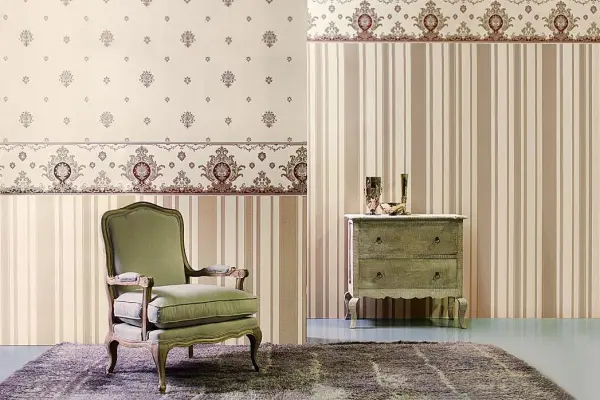Painting vinyl wallpaper has become a trend in 2025. According to Grand View Research, the global wallpaper market is valued at $2.1 billion, with paintable vinyl wallpaper occupying 35% of this segment. The cost of painting wallpaper is only $50-100, which is several times cheaper than complete replacement of the covering.
Not everyone knows the secrets of working with vinyl. In practice working with private clients, I often notice one mistake — incorrect choice of paint for vinyl wallpaper leads to peeling after a month or two after renovation.
"Vinyl wallpaper is like a clean canvas for an artist. Proper preparation and choice of materials determine 80% of the success of the entire project." — Mark Johnson, interior designer
Which Vinyl Wallpaper is Suitable for Painting
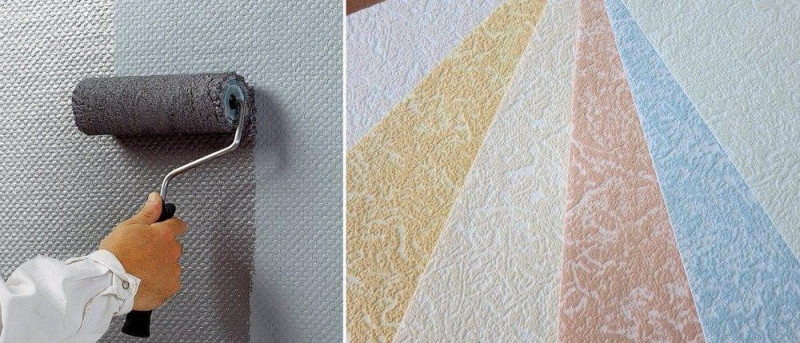 Choosing the type is half the success. Not all coverings are created equal. It is known that foamed vinyl for painting shows excellent results due to its porous structure, which holds paint better than any adhesive.
Choosing the type is half the success. Not all coverings are created equal. It is known that foamed vinyl for painting shows excellent results due to its porous structure, which holds paint better than any adhesive.
Vinyl wallpaper on non-woven backing is considered the gold standard in the industry. Non-woven backing stabilizes the covering when wet and prevents deformation even with multiple repainting of vinyl wallpaper.
Avoid silk-screening. The smooth surface repels paint like an umbrella repels rain.
Considering structural features, hot-stamped wallpaper is also suitable for painting, but requires mandatory priming of vinyl wallpaper before applying the finish coat.
| Type of Vinyl Covering | Suitability for Painting | Number of Coats | Features |
|---|---|---|---|
| Foamed Vinyl | Excellent | Up to 10 | Best adhesion |
| Hot Stamping | Good | Up to 5 | Requires priming |
| Compact Vinyl | Satisfactory | Up to 3 | Dense structure |
| Silk-screening | Poor | 1-2 | Smooth surface |
This table will help determine the compatibility of your covering with various types of paints and understand the limitations of each type of material.
Choosing Paint for Vinyl Wallpaper: What Actually Works
.jpg) The right paint solves everything. What to use in 2025? Water-based paint for wallpaper remains the favorite of professionals — safe, odorless, suitable for living spaces with children and allergy sufferers.
The right paint solves everything. What to use in 2025? Water-based paint for wallpaper remains the favorite of professionals — safe, odorless, suitable for living spaces with children and allergy sufferers.
Acrylic paint for vinyl wallpaper provides museum-level durability. It should be noted that it creates a polymer film that protects the covering from mechanical damage and moisture better than any varnish.
Latex paint for wallpaper — the choice for humid rooms. Not just washable. Withstands daily cleaning with aggressive agents.
Silicone compounds have antibacterial properties and prevent mold formation — a real find for bathrooms and kitchens. Choose paints with "low-VOC" or "zero-VOC" marking according to EN 13300 standard to ensure indoor environment safety.
"When choosing paint, focus on the operating conditions of the room. For a bedroom, water-based is sufficient, for a bathroom — only latex or silicone." — Expert in finishing materials
Preparing Wallpaper for Painting: Critical Stages
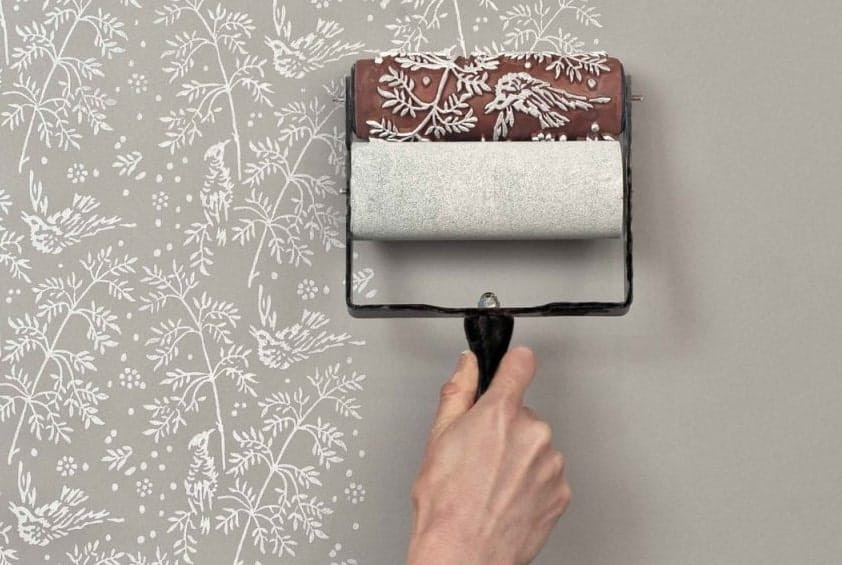 Quality preparation determines durability. Skipping stages is a direct path to redoing work in six months. In one of the recent projects, the client decided to save time on cleaning — the paint applied unevenly in patches, had to remove and re-paste the wallpaper.
Quality preparation determines durability. Skipping stages is a direct path to redoing work in six months. In one of the recent projects, the client decided to save time on cleaning — the paint applied unevenly in patches, had to remove and re-paste the wallpaper.
Preparing wallpaper for painting begins with thorough cleaning of the surface from dust, grease stains, and adhesive residues. Use a soft sponge with warm water — aggressive agents can damage the vinyl layer.
Priming is a mandatory stage. Especially for smooth coverings without pronounced texture, where paint adhesion is minimal.
Protect adjacent surfaces with quality painter's tape. Remove it before the paint completely dries — otherwise chips may appear along the edges.
Tools for Painting Wallpaper: Professional Approach
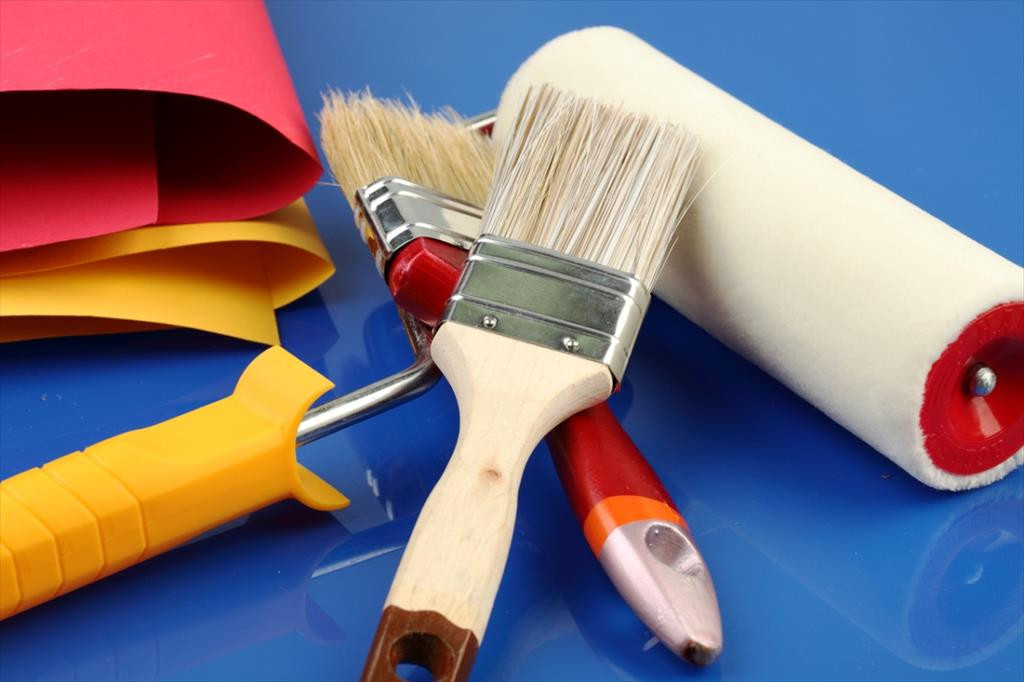 The right tools simplify work by several times. What is really needed? Choose a roller for painting wallpaper according to surface texture — pile 8-12 mm for textured coverings, foam or velour for smooth ones.
The right tools simplify work by several times. What is really needed? Choose a roller for painting wallpaper according to surface texture — pile 8-12 mm for textured coverings, foam or velour for smooth ones.
Quality brushes save time and nerves. On one of the projects last season, the crew used cheap brushes — bristles remained on the wall, had to repaint areas again.
Thus, saving on tools results in additional time and material costs.
In 2022, London couple Anna and James updated the interior of their Victorian apartment, choosing paintable vinyl wallpaper for £15 per roll. After painting with water-based paint, the apartment increased in value by £5000. A year later, they easily repainted the living room blue, keeping the same wallpaper. The savings were 30% compared to replacing the covering.
Wallpaper Painting Technology: Step-by-Step Process
The right technique guarantees results. How to paint vinyl wallpaper without mistakes? Start with corners and hard-to-reach places — use a brush to paint the perimeter of the room with a 5-7 cm strip from the corner.
Cover the main area with a roller using "up-down" movements, then "left-right." This technique ensures even paint distribution without gaps and overlaps.
Two-layer wallpaper painting is the quality standard. Apply the second layer after complete drying of the first, usually after 4-6 hours depending on humidity and temperature.
Patience is the key factor. Haste is inappropriate here and expensive.
Paint Tinting for Wallpaper: Color Accuracy
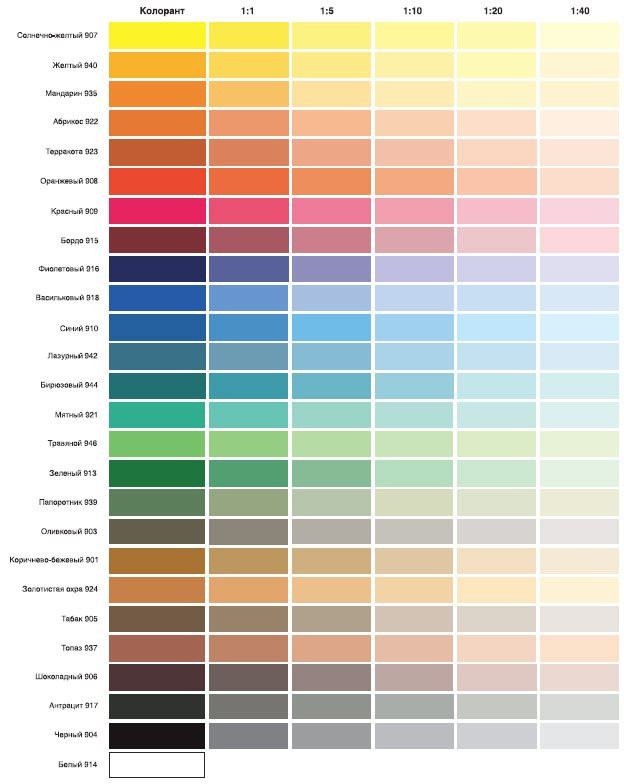 Machine tinting eliminates errors. Self-mixing is a lottery with unpredictable results. Order paint with a 15-20% reserve, because repeating the exact shade is practically impossible.
Machine tinting eliminates errors. Self-mixing is a lottery with unpredictable results. Order paint with a 15-20% reserve, because repeating the exact shade is practically impossible.
Test samples on a small area will help evaluate the result. Color under artificial and natural lighting can differ dramatically — check at different times of day.
"Paint color on vinyl wallpaper can differ from the sample by 10-15% due to surface texture. Always make a test sample." — Paint and coating technologist
Safety When Painting Wallpaper
Working with paints requires precautions. Even water-based compounds contain chemical components that can cause headaches when accumulated in room air. According to EN 13986, the permissible VOC level in residential premises should not exceed 0.3 mg/m³.
Ensure quality ventilation — minimum 5 air changes per hour according to ASHRAE 62.1 standard. Use protective equipment certified to EN 420: category II gloves for chemical protection, FFP2 class respirator when sanding surfaces.
Safety glasses are necessary when working with ceilings. A drop of paint in the eye can lead to serious complications.
Checklist of Necessary Materials for Painting
Preparing all materials in advance eliminates stops in the work process and loss of time on trips to the store.
- Adhesion primer for vinyl surfaces
- Paint with 15-20% reserve from calculated amount
- Rollers: foam for smooth surfaces, pile 8-12 mm for textured
- Brushes: wide (50-70 mm) and narrow (25-30 mm) for corners
- Paint tray with ribbed surface
- Painter's tape 25-50 mm wide
- Protective film for floors and furniture
Check the availability of all items before starting work — this will save precious time and relieve stress.
Paint Consumption Calculation: Economics Mathematics
Accurate calculation eliminates material shortage. Basic formula: wall area × consumption per sq.m × number of coats. For vinyl coverings, paint consumption per square meter is 150-180 g for the first coat and 120-150 g for the second, which corresponds to EN 13300 standards.
Foamed vinyl requires more material — up to 200 g/sq.m due to porous structure. Compact vinyl is more economical — smooth surface limits to 120-140 g/sq.m according to technical cards of European manufacturers.
Calculation example for standard room: area 4×3 m, height 2.7 m. Wall area = (4+3+4+3)×2.7 = 37.8 sq.m minus openings (windows, doors) ≈ 8-10 sq.m = 28 sq.m. Paint consumption = 28×0.18×2 = 10.1 l considering two-layer application according to ISO 11890.
Repainting Vinyl Wallpaper: Possibilities and Limitations
.webp) The ability to change color is the main advantage of the technology. Quality washable vinyl wallpaper withstands 5-10 cycles without loss of structural integrity.
The ability to change color is the main advantage of the technology. Quality washable vinyl wallpaper withstands 5-10 cycles without loss of structural integrity.
With each application, the relief becomes less pronounced. Not critical. Texture is preserved even after multiple repaintings.
Paint drying time on wallpaper depends on temperature and humidity — plan 6-12 hours between coats under standard conditions (+20°C, 50-60% humidity). When deviating from ISO 11998 normative parameters, time can increase to 24 hours.
Before each cycle, check the condition of the covering — peeling areas require local repair and re-priming.
Common Mistakes When Applying Paint to Vinyl
Knowing mistakes saves time and money. What do beginners do wrong? Applying paint to wet wallpaper is a direct path to peeling several weeks after completion of work.
Wallpaper must be completely dry. Minimum 48 hours after hanging — this is not a recommendation, but a technology requirement. Excessive amount of paint creates ugly drips that are visible under any lighting angle.
Wrong paint choice is the most expensive mistake in renovation. Oil and alkyd compounds are incompatible with vinyl at the chemical level — adhesion is practically zero.
Experts at This Old House highlight key principles of successful wallpaper painting, which are also applicable to vinyl coverings.
Main Technical Mistakes When Painting
Analysis of hundreds of projects reveals recurring problems with self-execution of work.
- Painting without preliminary testing on a 30×30 cm area
- Using inappropriate roller type for wallpaper texture
- Application at temperature below +15°C or above +25°C (ISO 11998)
- Ignoring interlayer drying time according to EN 13300
- Attempting to fix defects before complete coating drying
- Using paints with high VOC (more than 30 g/l according to EN 13300)
Following these rules guarantees professional results even with self-execution of all operations.
Cost of Materials and Services: Budget Planning
Project budget is formed from several components. Wallpaper painting price depends on room area and class of chosen materials. Quality water-based paint costs $15-25 per gallon and covers 35-40 sq.m in one coat.
Primer will cost $10-15 per gallon. Tools are a one-time investment of $30-50, which pays off on the second project. Where to buy paint for wallpaper? Specialized stores offer the best selection and expert consultations.
Wallpaper painting services cost $8-15 per sq.m, but guarantee quality and save the client's personal time.
Trending Solutions in Wall Finishing with Paint and Wallpaper
Designers in 2025 actively use painted vinyl coverings to create current interiors, following the latest trends in wall decor.
- Monochrome solutions with emphasis on surface texture
- Gradient transitions from light to dark shade
- Using metallic paints to create luxury interiors
- Combining painted zones with areas of natural wallpaper color
- Creating geometric patterns using painter's stencils
These techniques allow creating unique interiors, using vinyl coverings as a base for creative experiments.
